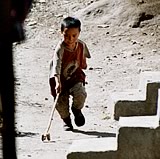 |
 |
| Human Rights |
|
|
|
|
|
| Human Rights and Children |
| National report fails to stress the impact of conflict on children |
IRIN, May 2005
|
Human
rights organisations have criticised the Nepalese government for failing
to place enough emphasis on the gross violation of children's rights as
a result of the current armed conflict between government forces and Maoist
guerillas in its second periodic report to the United Nations Committee
on Rights of the Child (CRC).
"In many ways, Nepal was not a country fit for children," said committee expert Lucy Smith during a review of the Nepal report by the CRC on 20 May, at the headquarters of the Office of the High Commission for Human Rights (OHCHR) in Geneva. The much delayed five-year (1997-2002) report, which took seven years to complete, was submitted to the committee in December 2004. Among other issues related to children's rights, the impact of armed conflict on children was strongly raised by the committee to the Nepalese delegation which they claimed failed to address adequately in their report. "The report from Nepal and its update touched only lightly on the impact of the conflict and the analysis concentrated on the transgressions of the Maoists," UNICEF representative to Nepal, Suomi Sakai, told IRIN. |
"While there are numerous areas where the Maoists have violated the Convention on the Rights of the Child, it would have been appropriate for His Majesty's Government of Nepal, as the state party, to also examine the actions of the security forces under its control," Sakai added, who had recently returned from the CRC meeting in Geneva.
The Asian Centre for Human Rights (ACHR) was particularly critical of the report, which had omitted the most important adverse effects of the conflict on children, it argued.
The government failed to even include many of the inputs made by some NGOs which were invited by the government to draft the report. "The final report has not incorporated all our comments and concerns on issues like children in armed conflict," said activist Sumnima Tuladhar, from the NGO Child Workers in Nepal (CWIN).
Over 300 children are estimated to have been killed from 13 February 1996 to 28 February 2005. Of these, 168 children were reportedly killed at the hands of the state and 138 at the hands of the Maoists, according to the leading local human rights group, Insec.
"Yet, Nepal is portrayed as a country with little problems. It does not help the purpose of examining the periodic reports," reads the ACHR's alternate report to the CRC.
But government representatives say the issue was addressed. "The issue has been highlighted a lot and we have been running various government programmes to address the plight of children affected from conflict," Deepak Sapkota from the government-run Centre for Child Welfare Board (CCWB) told IRIN.
Many Nepali children have become victims of extrajudicial executions, torture, disappearances and rape. "Both the security forces and the Maoists make children victims for the alleged offences or crimes allegedly committed by parents. The girls have been raped and molested by the security forces," added the ACHR report.
Yet some activists don't want to totally discredit the government as being callous in its reporting as the delegation to Geneva was able to respond strongly and satisfactorily to the questions raised by the CRC members.
The delegation consisted of senior government officials to the United Nations office in Geneva and activists from NGOs.
"We have to admit that the government has made strong statements on child protection, Maoist abduction, child recruitment and their humanitarian assistance issues," explained prominent child rights activist, Gauri Pradhan.
Nepal ratified the Convention on the Rights of Children in 1990 following the establishment of multiparty democracy and the overthrow of the autocratic Panchayat regime. Since then, the country has introduced several laws and ratified key international conventions to promote and protect children's rights that were non-existent during the pre-1990s era.
Source: IRIN
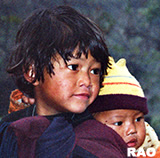 |
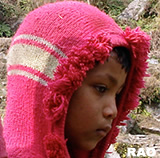 |
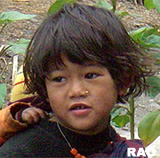 |
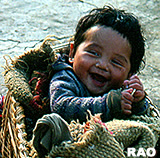 |
